The great mansions that were home to Yorkshire's mill barons
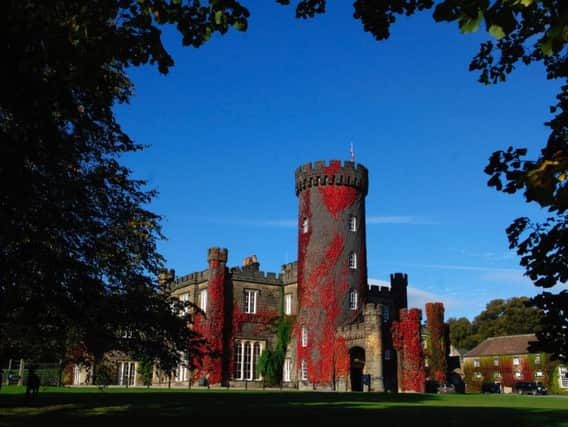

Many of the great commercial dynasties of the 19th century built grand mansions, or moved into those vacated by 'old money' - titled gentry who could no longer afford their upkeep.
In the early years of the Industrial Revolution, mill and factory owners lived reasonably close to their businesses; inner-city suburbs like Manningham in Bradford and Chapeltown in Leeds were home to large, comfortable villas built for the merchant classes. But as transport links improved and the pollution and squalor of the cities worsened, many of the 'wool barons' moved their families to opulent country residences within commuting distance of their mills.
Advertisement
Hide AdAdvertisement
Hide AdSome of these mansions survive today, while others have disappeared.


Swinton Park - Samuel Cunliffe-Lister
Samuel Cunliffe-Lister was one of Bradford's leading industrialists. His mill, Lister's in Manningham, was one of the most prominent in the city, and nearby Lister Park is named after him. He was responsible for the livelihoods of thousands of textile workers.
In 1888, he bought Swinton Park, near Masham in the Yorkshire Dales, from the Danby family, who were traditional country gentry. He extended the great house and it remained in his family until 1980, when his grand-daughter Molly died and the mansion was sold. In 2000, Molly's great-grandson Mark Cunliffe-Lister bought the house back and it is now a luxury hotel.
Grantley Hall - Sir William Aykroyd
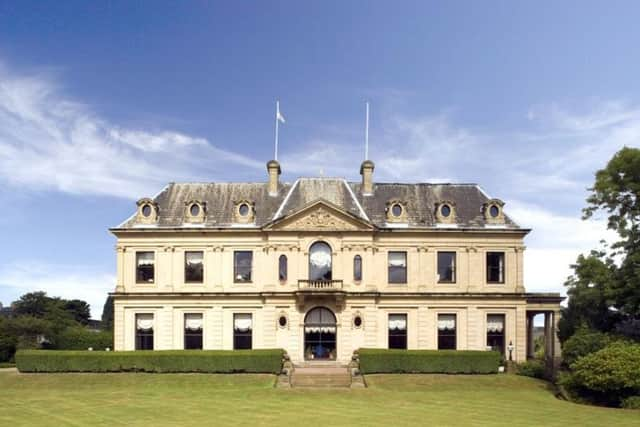

Grantley Hall, near Ripon, was built in the 1700s for the barons Norton. By 1900, its ownership transferred to the 'trade' classes for the first time, when coal miner's son and self-made shipping magnate Sir Christopher Furness bought the mansion. His son Marmaduke inherited the property but sold it in 1925 to Sir William Aykroyd, a Bradford wool baron.
Advertisement
Hide AdAdvertisement
Hide AdSee inside Grantley Hall as spa hotel refurbishment nears completionAykroyd was chairman of the wool and carpet business T F Firth & Sons Ltd, founded by his uncle in Brighouse. He later became managing director of the Bradford Dyers' Association.
During his tenure, Grantley hosted royalty - Queen Mary and her daughter Princess Mary, who was married to the Earl of Harewood, visited in 1937 and stayed overnight. After Sir William's death in 1947, Grantley was sold to the local council, who ran it as an adult training centre. It was sold again in 2015 and is about to re-open as a spa hotel.
Oakworth House - Sir Isaac Holden
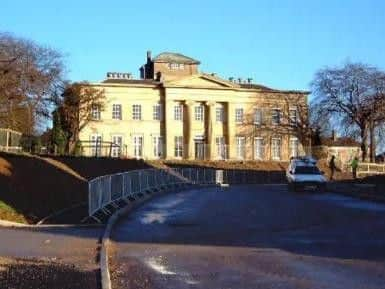

Holden was an unusual arriviste among mill owners - he was Scottish and became a teacher before taking a position as a book-keeper at a mill in Bingley and realising the potential of wool. In 1864, after running several factories in France, he opened Alston Works in Bradford, and the site became the largest wool combers in the world.
His mansion was Oakworth House near Keighley, built in the Italianate style. In 1907, the great house burned to the ground, and the site has now been landscaped and turned into Oakworth Park.
Advertisement
Hide AdAdvertisement
Hide AdThe tragic fates of Yorkshire's lost country housesNun Appleton Hall - Sir Benjamin Dawson
Nun Appleton, near Selby, was a historic hall built in the 1600s for the Lords Fairfax. In 1890, Isaac Holden's son Angus bought it, but by 1912 he had died. In 1920, Sir Benjamin Dawson, the son of Joseph Dawson, founder of Cashmere Works in Bradford, became the owner. His daughter Joan sold it in the 1980s to the Samuel Smith brewing family, but today it is abandoned and derelict, and concerns have been raised for its future.
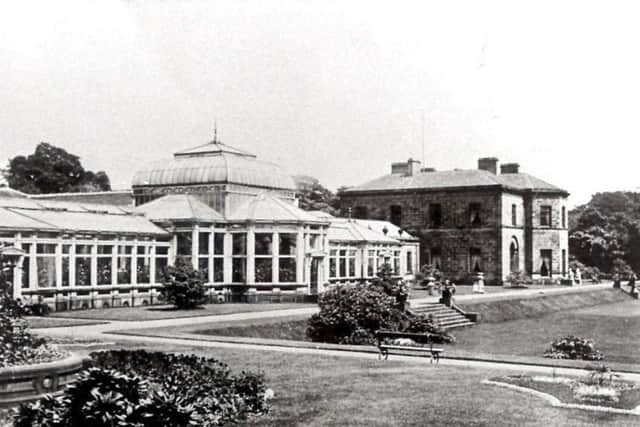

Bellevue - Sir Francis Crossley
The Crossley family were carpet manufacturers who ran the vast Dean Clough Mills in Halifax. Francis was the town's leading citizen, serving as Liberal MP and mayor. His home - although he also owned a large estate in Suffolk - was Bellevue, which he had built in the 1850s. He died there in 1872. The mansion is still standing, and has been re-named Crossley House. Its ballrooms, terraces and orangery can be hired as a wedding venue.
Crow Nest - Sir Titus Salt
Crow Nest was the home of a Halifax mill-owning family, the Walkers, in the village of Lightcliffe. One of their heiresses was Ann Walker, the same-sex partner of Anne Lister, whose life is chronicled in the BBC period drama Gentleman Jack.
Advertisement
Hide AdAdvertisement
Hide AdMilner Field: The tragic tale of Saltaire's 'cursed' mansionSir Titus Salt was one of Bradford's leading wool barons, on a par with Samuel Cunliffe-Lister in civic influence, wealth and status. He built a new mill at Saltaire in the 1850s, and a model village for his workers which reflected his philanthropic values. He first occupied Crow Nest as a tenant before he was evicted by the Walkers and temporarily decamped to Methley Hall, near Leeds. He later purchased Crow Nest for himself and returned as the owner, adding a boating lake and grazing alpacas and llamas on the lawns. He entertained thousands of guests at his lavish birthday parties, and lived there until his death.
Crow Nest was demolished in the 1950s and its grounds form part of a park and golf club.
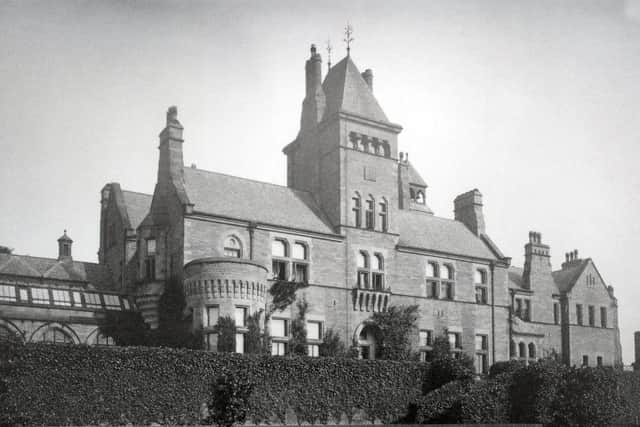

Milner Field - Sir Titus Salt Jnr
Sir Titus's son and namesake, who succeeded him at the helm of Salts Mill, built a huge mansion in 1873 at Shipley Glen, overlooking Saltaire. It had a giant domed glasshouse and a kitchen inspired by Glastonbury Abbey's. Sir Titus died of a heart attack in the billiard room, and it passed to Sir James Roberts, the next owner of the Salt business empire. But tragedy befell his family - he lost three of his four sons before they reached 40, and the surviving brother was badly injured in World War One. The house was later rented out to the managing directors of the mill, but they too died prematurely while living at Milner Field. The mansion became difficult to sell or lease, and was demolished in the 1950s. Nowadays only brickwork remains in a woodland clearing where it once stood.
Gledhow Grove - John Hives
Hives owned a flax spinning mill, Bank Mills, on East Street in Leeds. He had Gledhow Grove built in Chapel Allerton - an elevated, semi-rural spot several miles from the city slums that was becoming popular with businessmen - in the 1830s, and after his death it became a military hospital treating soldiers injured in both world wars. It was in NHS ownership until the 1990s, when a new hospital was built nearby, and by 2008 it was empty and derelict. It's currently being converted into luxury apartments.